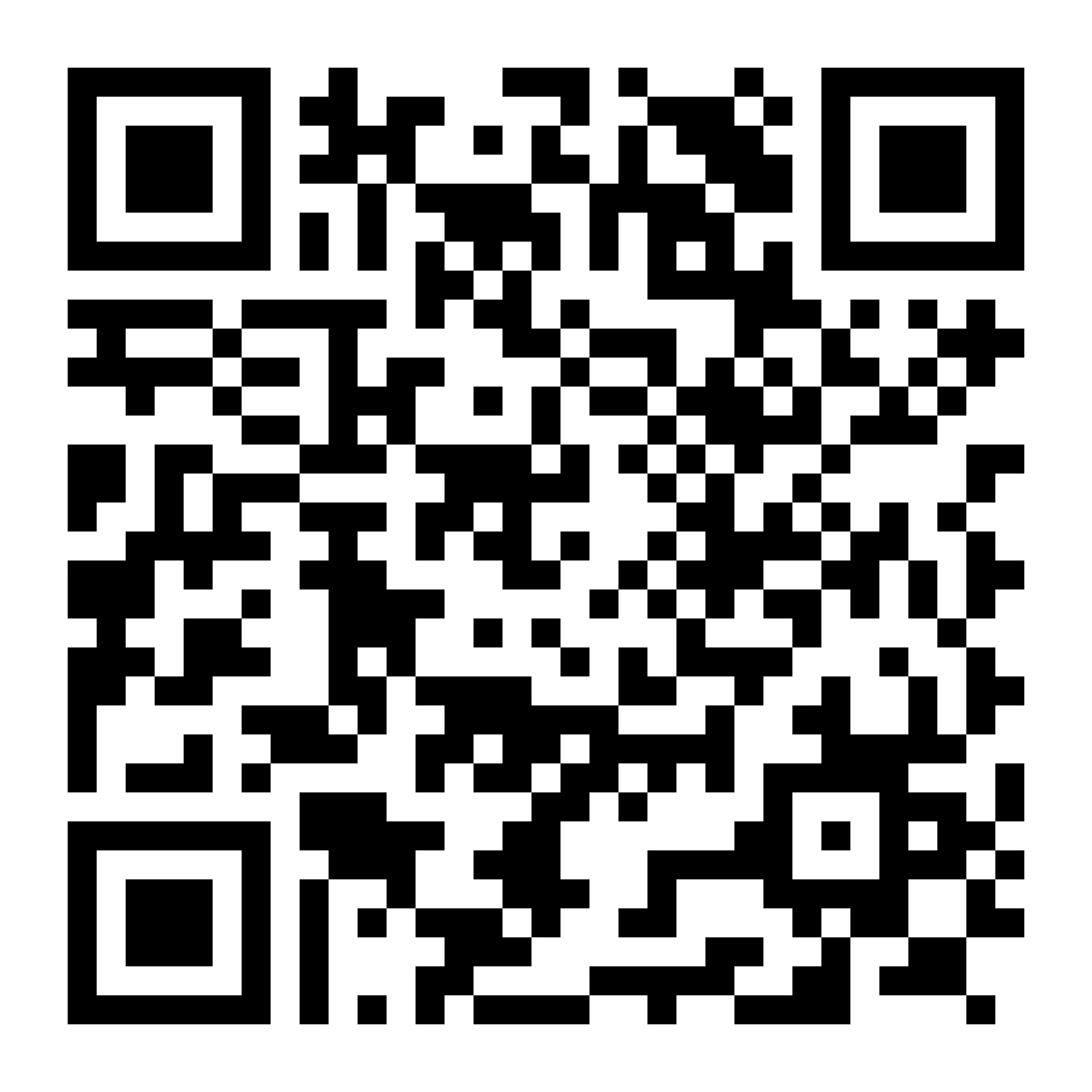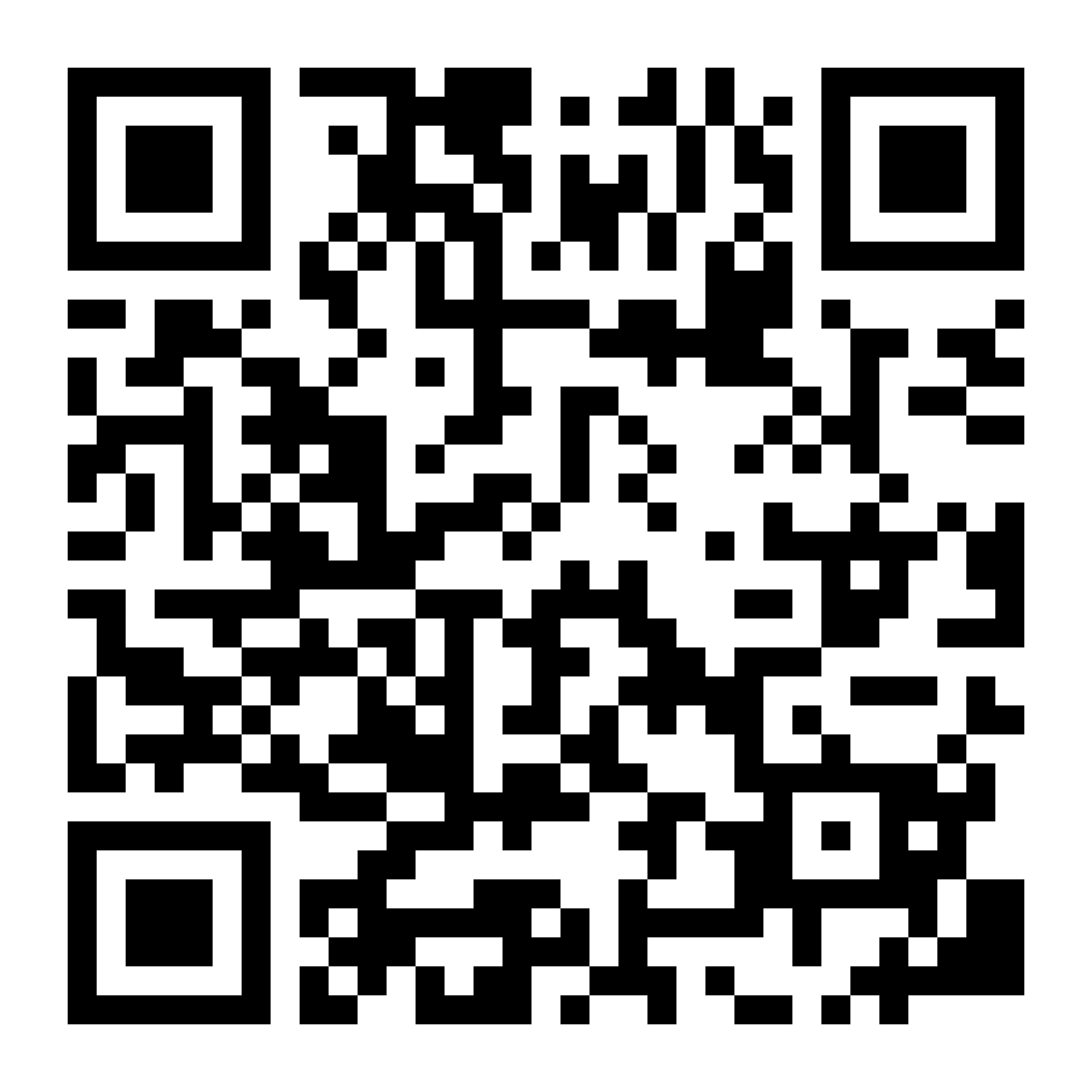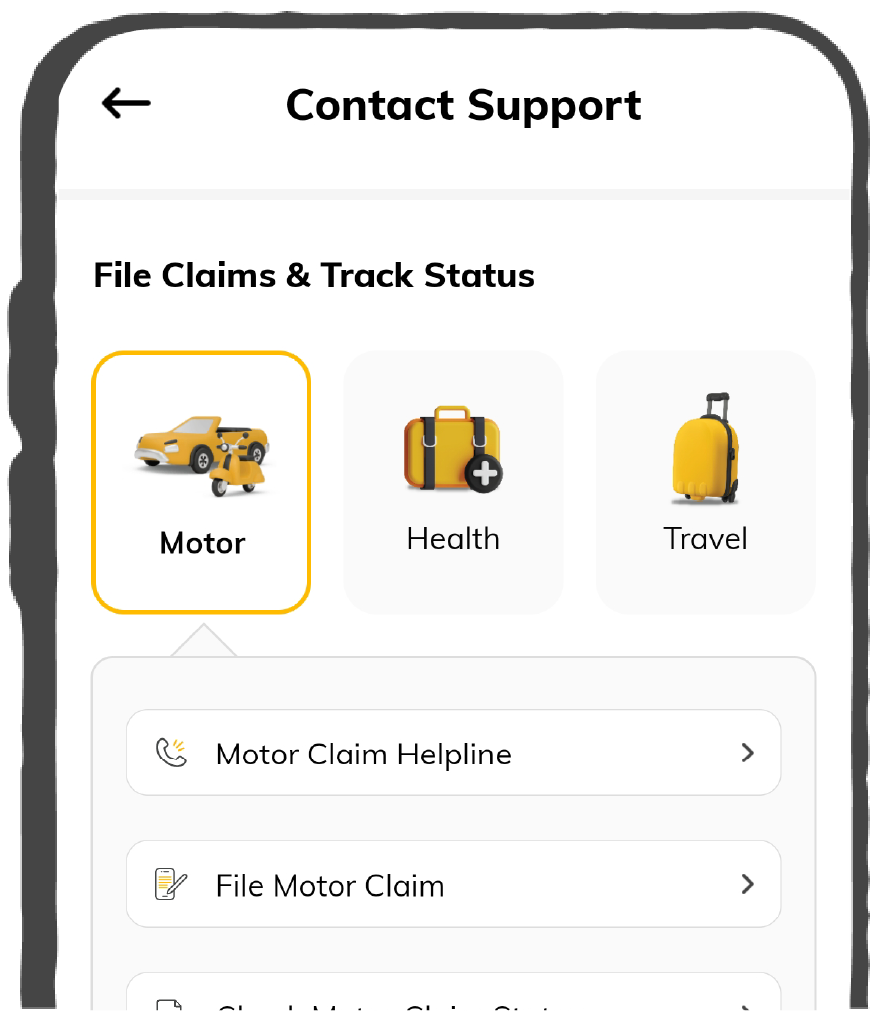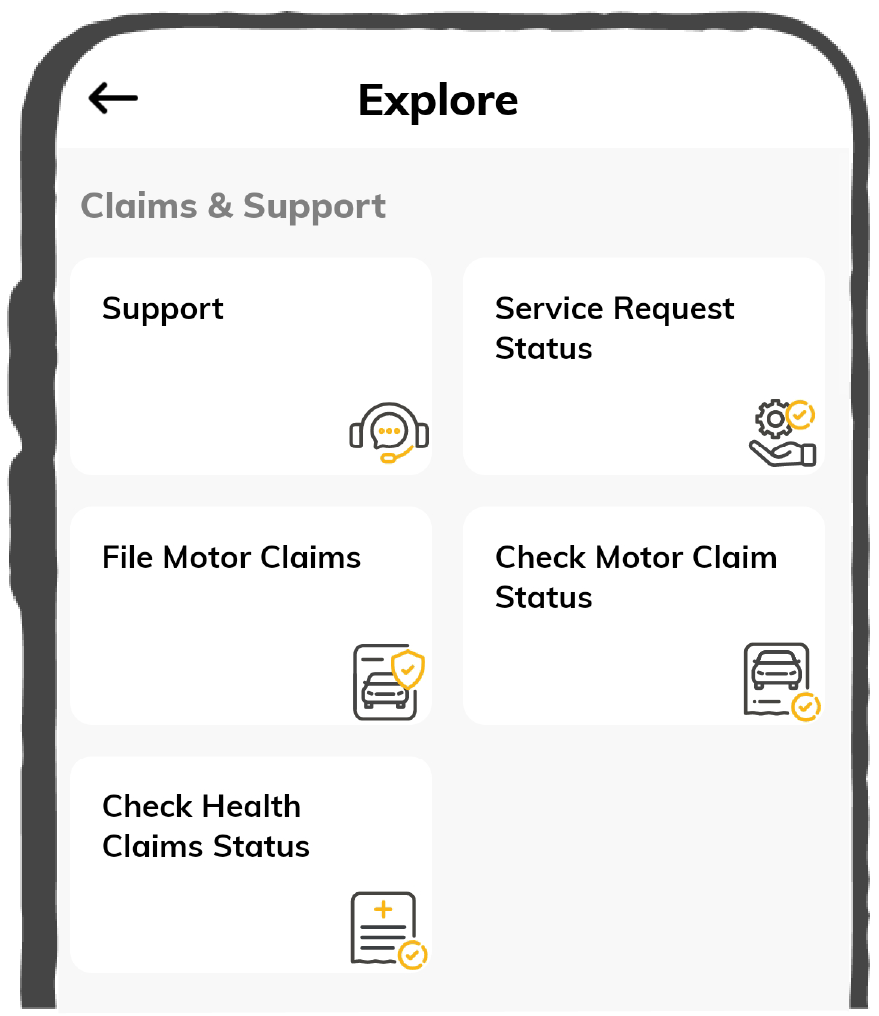Quick Claim Process

Affordable Premium

Accessibility Options

General

General Products
Simple & Transparent! Policies that match all your insurance needs.


37K+ Reviews
7K+ Reviews
Scan to download

Life

Life Products
Digit Life is here! To help you save & secure your loved ones' future in the most simplified way.


37K+ Reviews
7K+ Reviews
Scan to download

Claims
Claims
We'll be there! Whenever and however you'll need us.


37K+ Reviews
7K+ Reviews
Scan to download

Resources
Resources
All the more reasons to feel the Digit simplicity in your life!
 Tools & Calculators
Tools & Calculators


37K+ Reviews
7K+ Reviews
Scan to download

37K+ Reviews
7K+ Reviews
Select Preferred Language
Our WhatsApp number cannot be used for calls. This is a chat only number.

Enter your Mobile Number to get Download Link on WhatsApp.
You can also Scan this QR Code and Download the App.
Quick Claim Process

Affordable Premium


Digitisation in the banking system has made a lot of procedures easy and time-saving for people. However, scammers and fraudsters always try to find loopholes to get into the banking system and steal valuable information. Cybercrimes have increased considerably over the years.
We will discuss some of the common KYC frauds in banks and the precautionary steps that will protect your information and your hard-earned money.
KYC or Know Your Customer is one compulsory procedure for every financial procedure to follow. Through this process, they authenticate the identity of a customer and their financial status.
Customers have to share some of their most personal and sensitive information through this procedure and these stay secure and confidential with their financial institution. RBI has strictly mandated all registered financial establishments not to go forward withapplications without going through the KYC process.
You will need the following documents to go through the KYC process:
You must be aware of the KYC process, where you have to share your confidential information in order to complete your identification with the financial institution. Unfortunately, some of you might also be familiar with KYC frauds over calls. These scammers pretend to be bank officials and ask you to update your KYC details. They also pose threats, such as unless you update your KYC, your account will get blocked.
These digital methods have prominently omitted the complications of paperwork but have also made the information prone to vulnerability in the hands of conmen.
As India is swiftly revolving towards a digital economy, more people are getting to know the digital means of performing financial functions online, such as money transfers, loan applications, EMI payments, etc.
Bluffers have been anchoring this opportunity and coming up with innovative ideas to deceive people and rob them. Here are some of the common ways of tricksters for KYC scams:
If you ever be in any of the above situations, you can take the given steps for KYC fraud:
While there have been safety measures being taken by RBI, it is also important to raise awareness among the people about the do’s and don’ts to prevent KYC scams. Ninety per cent of these scams can be prevented if customers are aware of their actions and do not cooperate with the scammers.
Here are some safety measures you should follow to prevent yourself from KYC scams:
Since the pandemic, India has seen a rise in KYC fraud and other related cybercrimes. Therefore, the State Bank of India observes KYC Compliance and Fraud Prevention Day on 1st August to create more awareness about cyber frauds taking place. Make sure you follow the preventive measures discussed in this article to safeguard yourself and also pass on such information regarding KYC fraud.
Some of the most common types of ATM fraud happening in India are Phishing, Card Skimming, Card Shimming, Card Trapping and Keyboard Jamming.
Some of the most common types of ATM fraud happening in India are Phishing, Card Skimming, Card Shimming, Card Trapping and Keyboard Jamming.
SIM Swap is the type of scam where the bluffer obtains a duplicate SIM card of your number. He then receives the OTP on the number required for financial transactions and robs you of your money.
SIM Swap is the type of scam where the bluffer obtains a duplicate SIM card of your number. He then receives the OTP on the number required for financial transactions and robs you of your money.
Card Skimming is where a fraudster obtains a duplicate copy of the card without the customer having any knowledge of it. In Card Shimming, an external device is installed on the ATM, which collects all information from the card's magnetic strip
Card Skimming is where a fraudster obtains a duplicate copy of the card without the customer having any knowledge of it. In Card Shimming, an external device is installed on the ATM, which collects all information from the card's magnetic strip
